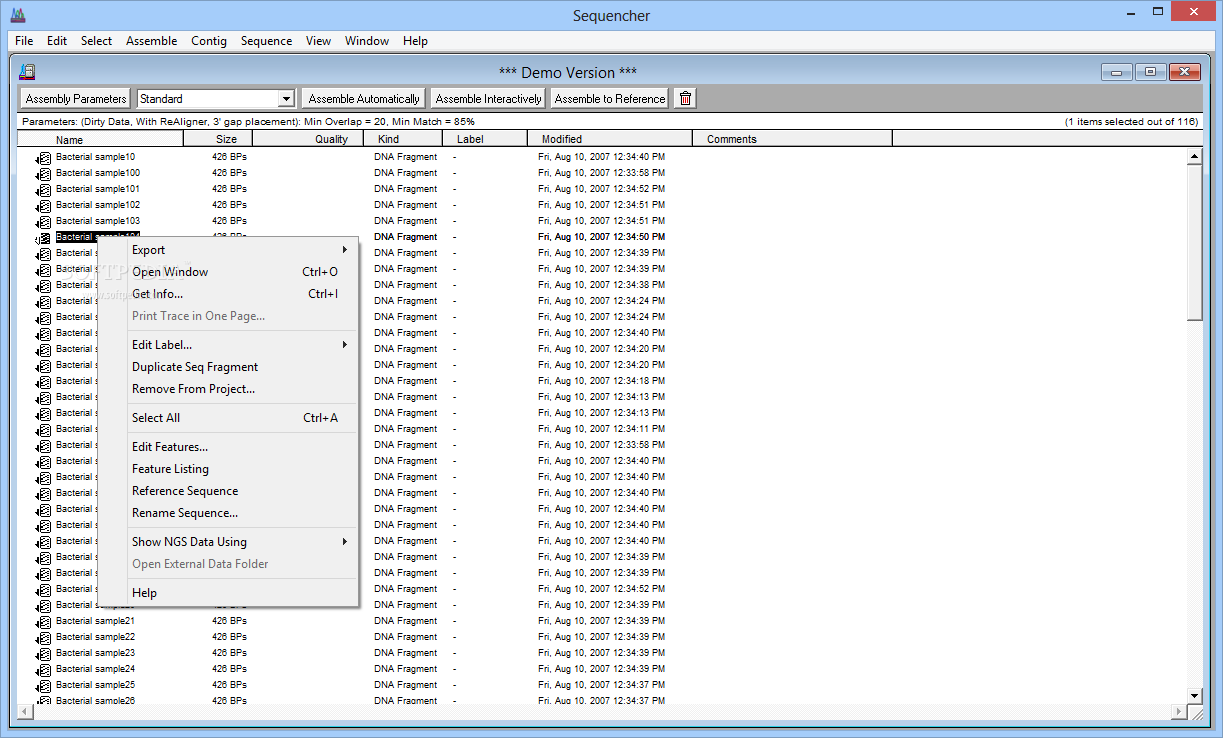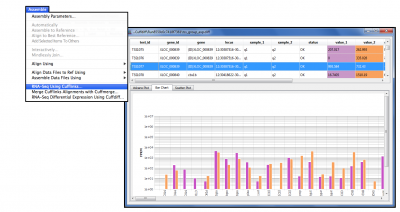
Lopez-Botet, M., De Maria, A., Muntasell, A., Della Chiesa, M. CD94-NKG2A recognition of human leukocyte antigen (HLA)-E bound to an HLA class I leader sequence. Open conformers of HLA-F are high-affinity ligands of the activating NK cell receptor KIR3DS1. Interferon-gamma induction of the human leukocyte antigen-E gene is mediated through binding of a complex containing STAT1α to a distinct interferon-γ-responsive element. Primary and secondary functions of HLA-E are determined by stability and conformation of the peptide-bound complexes. Detailed and atypical HLA-E peptide binding motifs revealed by a novel peptide exchange binding assay. Peptide-specific recognition of human cytomegalovirus strains controls adaptive natural killer cells. The heterodimeric assembly of the CD94-NKG2 receptor family and implications for human leukocyte antigen-E recognition. Interactions between NKG2x immunoreceptors and HLA-E ligands display overlapping affinities and thermodynamics. Analysis of HLA-E peptide-binding specificity and contact residues in bound peptide required for recognition by CD94/NKG2. HLA-E-bound peptides influence recognition by inhibitory and triggering CD94/NKG2 receptors: preferential response to an HLA-G-derived nonamer. Requirement of the proteasome for the trimming of signal peptide-derived epitopes presented by the nonclassical major histocompatibility complex class I molecule HLA-E. HLA-E surface expression depends on binding of TAP-dependent peptides derived from certain HLA class I signal sequences.

Correlating differential expression, peptide affinities, crystal structures, and thermal stabilities. Natural killer cell education and tolerance. Surface expression of HLA-E, an inhibitor of natural killer cells, enhanced by human cytomegalovirus gpUL40. Kinetics and peptide dependency of the binding of the inhibitory NK receptor CD94/NKG2-A and the activating receptor CD94/NKG2-C to HLA-E. Anti-NKG2A mAb is a checkpoint inhibitor that promotes anti-tumor immunity by unleashing both T and NK cells.

HLA-E is a major ligand for the natural killer inhibitory receptor CD94/NKG2A. HLA-E binds to natural killer cell receptors CD94/NKG2A, B and C. Recognition of human histocompatibility leukocyte antigen (HLA)-E complexed with HLA class I signal sequence-derived peptides by CD94/NKG2 confers protection from natural killer cell-mediated lysis. Expression and function of NK cell receptors in CD8 + T cells. Human NK cells, their receptors and function.

The systematic, quantitative approach described herein will facilitate development of prediction algorithms for accurately measuring the impact of CD94/NKG2–HLA-E interactions in disease resistance/susceptibility. Genetic population data indicate a positive correlation between frequencies of functional SPs in humans and corresponding cytomegalovirus mimics, suggesting a means for viral escape from host responses. Consequently, HLA-B/−21M SP competes with other SPs for providing epitope to HLA-E and reduces overall recognition of target cells by CD94/NKG2A, calling for reassessment of previous disease models involving HLA-B/−21M. The single functional HLA-B SP, known as HLA-B/−21M, induced high HLA-E expression, but conferred the lowest receptor recognition. We show that among 16 common classical HLA class I SP variants, only 6 can be efficiently processed to generate epitopes that enable CD94/NKG2 engagement, which we term ‘functional SPs’.

Human leukocyte antigen (HLA)-E binds epitopes derived from HLA-A, HLA-B, HLA-C and HLA-G signal peptides (SPs) and serves as a ligand for CD94/NKG2A and CD94/NKG2C receptors expressed on natural killer and T cell subsets.


 0 kommentar(er)
0 kommentar(er)
